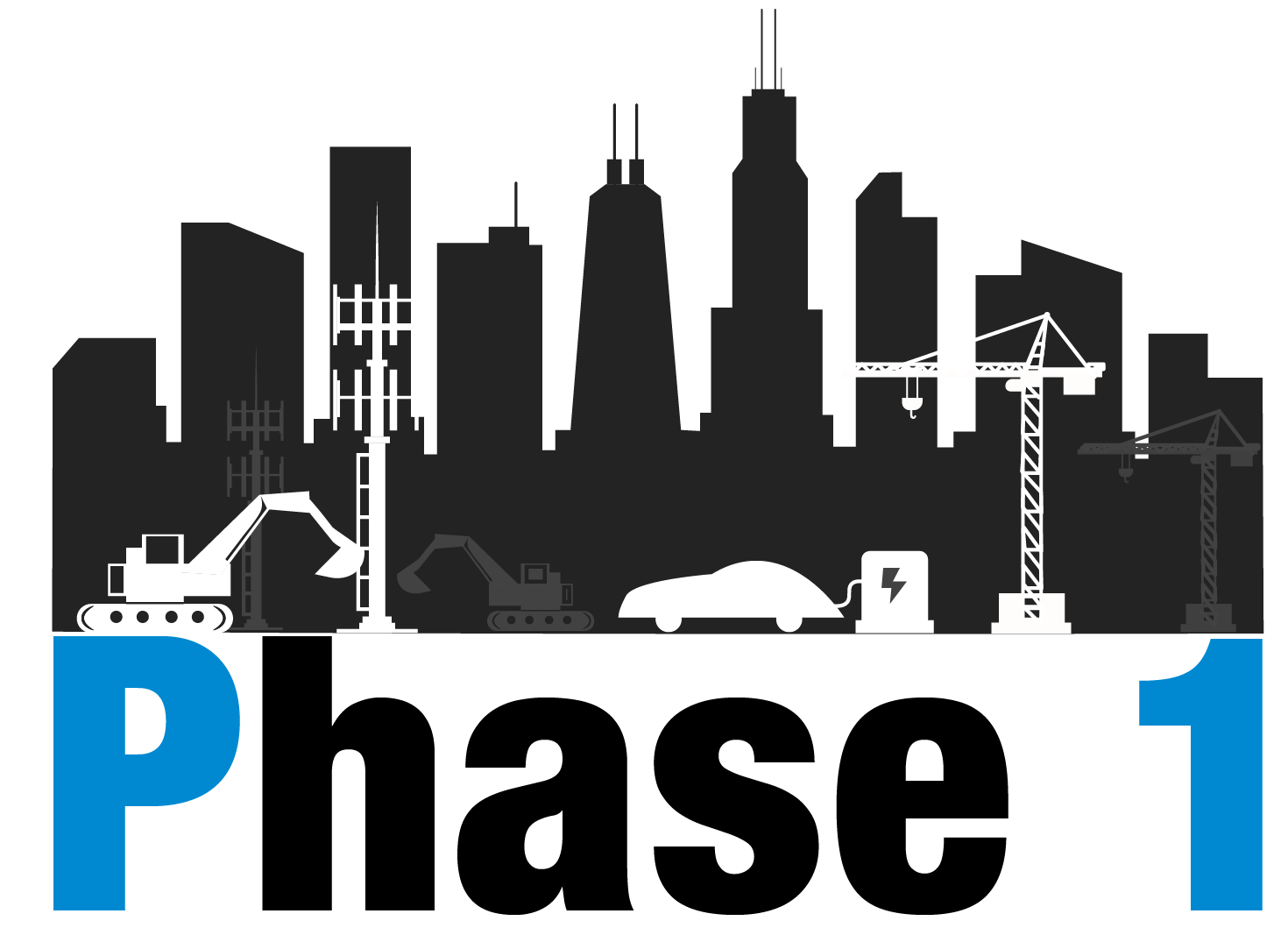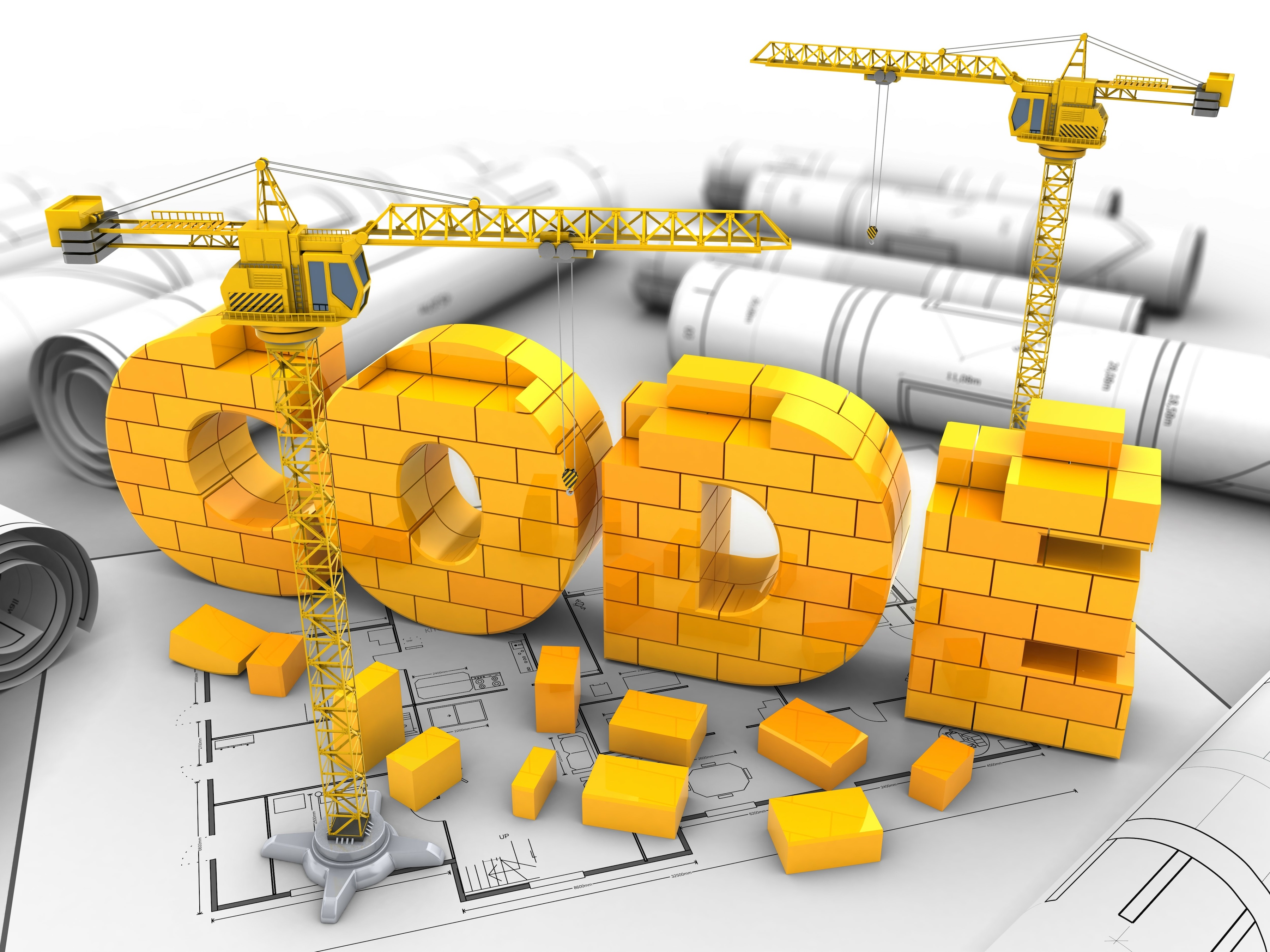Navigating the Maze: A Guide to Keeping Your Commercial Construction Projects on Track

Embarking on a commercial construction project is akin to orchestrating a symphony of moving parts. With numerous stakeholders, tight deadlines, and unforeseen challenges, keeping everything on track can feel like a monumental task. Fear not, though; with careful planning and strategic execution, and a great permit and code consultant, you can navigate the complexities of commercial construction and ensure a successful project delivery.
- Thorough Planning is the Foundation:
Before laying the first brick, invest time in comprehensive planning. Clearly define project goals, scope, budget, and timelines. Engage with key stakeholders, including architects, contractors, and project managers, to align expectations and establish a solid foundation for the project.
- Communication is Key:
Establishing open and transparent communication channels is crucial. Regular meetings with all stakeholders ensure that everyone is on the same page. Utilize project management tools, such as collaboration platforms and scheduling software, to facilitate seamless communication and information sharing.
- Risk Management:
Identify potential risks early in the project and develop contingency plans. This proactive approach can mitigate the impact of unforeseen challenges, such as weather delays, supply chain disruptions, or regulatory hurdles. Regularly reassess and update risk assessments as the project progresses.
- Technology Integration:
Embrace technology to streamline processes and enhance efficiency. Construction management software can help with project scheduling, budget tracking, and resource allocation. Building Information Modeling (BIM) technology allows for better visualization and coordination among different construction disciplines.
- Resource Allocation and Management:
Efficiently allocate resources, including labor, materials, and equipment. Regularly review resource allocation against project milestones to identify any potential bottlenecks or shortages. Optimize workflows to maximize productivity without compromising quality.
- Adaptability and Flexibility:
Commercial construction projects are dynamic, and unexpected changes are inevitable. Foster a culture of adaptability and encourage team members to think creatively to overcome challenges. Having contingency plans in place will enable the project to navigate unexpected twists and turns.
- Quality Control:
Maintain stringent quality control measures throughout the construction process. Regular inspections and quality assurance protocols ensure that work meets the specified standards. Address any deviations promptly to avoid costly rework and delays.
- Document Everything:
Thorough documentation is essential for accountability and future reference. Keep detailed records of project meetings, decisions, and any changes to the original plans. This documentation not only helps in resolving disputes but also serves as a valuable resource for future projects.
- Regular Monitoring and Reporting:
Implement a robust monitoring and reporting system to track progress against milestones. Regularly assess the project's status and performance metrics. This proactive approach allows for early identification of potential issues, enabling timely corrective actions.
- Celebrate Milestones:
Acknowledge and celebrate project milestones, both big and small. Recognizing achievements boosts team morale and fosters a positive working environment. It also serves as a reminder of the progress made, motivating the team to stay focused on the ultimate goal.
Conclusion:
Successfully navigating commercial construction projects requires a combination of meticulous planning, effective communication, and adaptability. By implementing these strategies and fostering a collaborative and proactive project culture, you can keep your commercial construction project on track and ensure a smooth journey from groundbreaking to ribbon-cutting. Remember, it's not just about reaching the destination; it's about enjoying the journey and learning from the challenges along the way.


